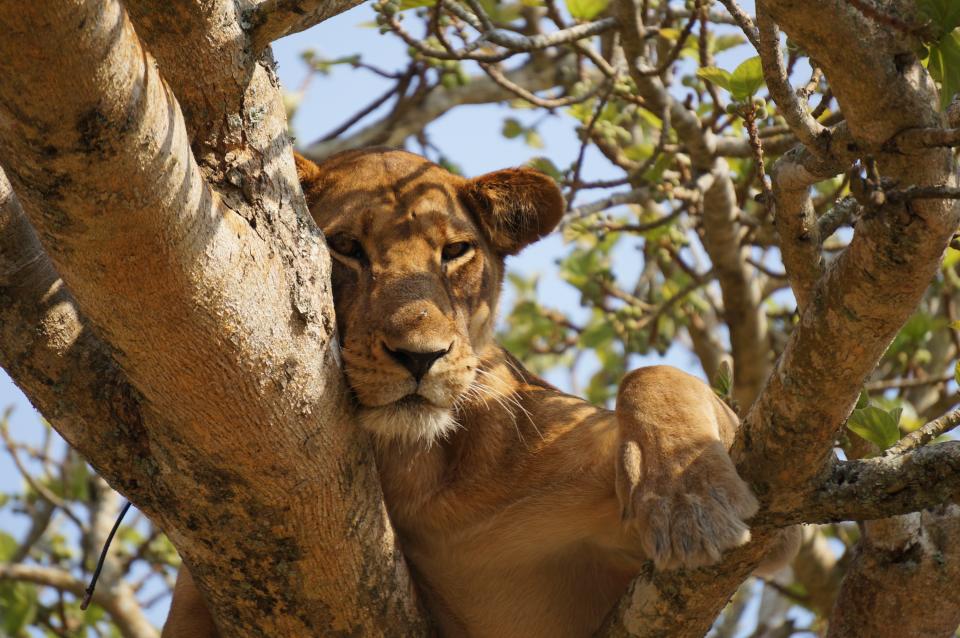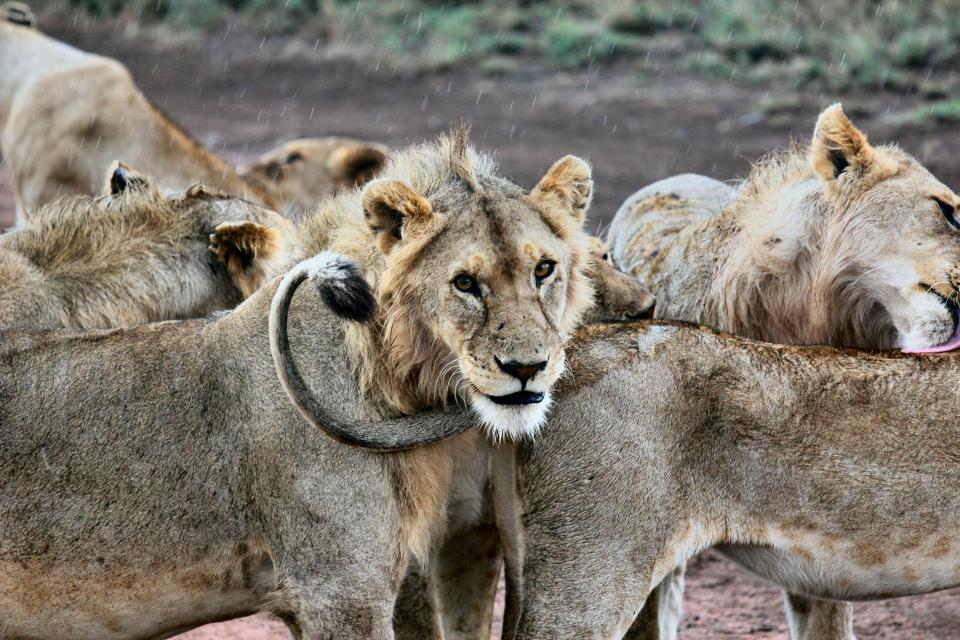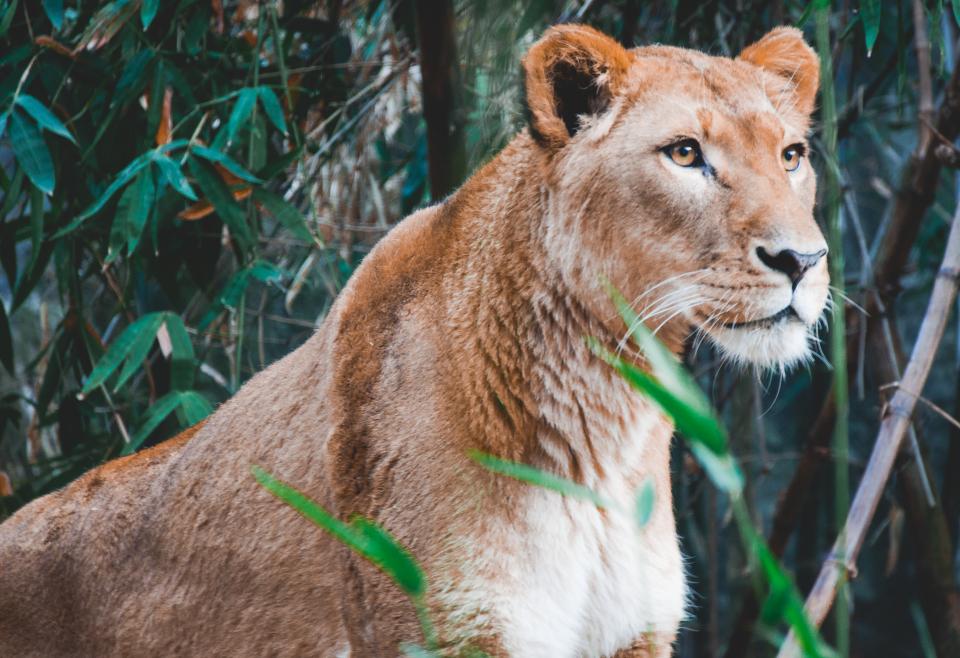This article serves as a comprehensive guide to feline estrus, commonly known as "heat" or "being in season." We'll explore the intricacies of this natural cycle, covering everything from the signs and symptoms to the potential risks and management options. Understanding feline estrus is crucial for responsible cat ownership, allowing you to navigate this phase with knowledge and care.
Part 1: Demystifying Feline Estrus

1.1. What is Feline Estrus?
Feline estrus refers to the period when a female cat is sexually receptive and capable of becoming pregnant. It is a natural, hormonally driven process that occurs repeatedly throughout a cat's reproductive years. This cycle is often referred to as "heat" or "being in season" by cat owners.
1.2. The Science Behind Feline Estrus
- Hormonal Regulation: The estrous cycle is primarily governed by the interplay of hormones such as estrogen and progesterone. Estrogen levels rise during the estrous cycle, leading to the development of secondary sexual characteristics and the behavioural changes associated with heat. Progesterone levels increase after ovulation, preparing the uterus for pregnancy.
- Ovulation: Unlike humans, cats are "induced ovulators," meaning they only release eggs (ovulate) after mating. This unique biological feature ensures that a cat only ovulates if she has been successfully impregnated. The act of mating triggers the release of hormones that lead to ovulation.
- Seasonal Influence: While most cats experience estrus year-round, some breeds, such as Maine Coons and Persians, may exhibit seasonal variations, with cycles occurring primarily during spring and autumn. These seasonal cycles are influenced by changes in daylight hours, with longer days triggering the onset of estrus.
Part 2: Recognizing the Signs of Heat

2.1. Behavioural Changes
- Vocalisation: Cats in heat often become quite vocal, meowing loudly and frequently, sometimes with a distinct "howl" or "chirp." These vocalizations serve as a signal to potential mates and can be quite persistent, leading to some frustration for owners.
- Restlessness and Affection: They may become restless and seek attention, rubbing against objects or people, and often display increased affection. This increased attention-seeking behavior is a result of the hormonal changes occurring during estrus.
- Rolling and Arching: Cats in heat will often roll on the floor, arch their backs, and raise their tails to expose their genital area. These are classic mating postures that signal to males that she is receptive to mating.
- Spraying: Some cats may also start spraying urine to mark their territory, particularly if they have access to the outdoors. This is a common behaviour in both male and female cats during estrus, and is a form of communication to potential mates.
2.2. Physical Changes
- Swollen Vulva: The vulva will become noticeably swollen and pink due to increased blood flow. This change is a visible sign that a cat is in heat.
- Blood Discharge: A small amount of pinkish-red discharge may be present. This discharge is often referred to as "bloody show" and is caused by the shedding of the uterine lining.
- Scent Changes: Cats in heat emit a distinctive musky odour. This odour is a pheromone that attracts male cats and signals their receptiveness for mating.
Part 3: Duration and Frequency of Heat

3.1. Heat Cycle Duration
The typical duration of a heat cycle is 5-7 days, although it can vary depending on individual cats and their breed. Some cats may only experience a heat cycle for a few days, while others may stay in heat for up to a week or more.
3.2. Frequency of Heat
Intact (un-neutered) female cats typically go into heat every 2-3 weeks, lasting for about 18 days each year. This means that a cat can experience several heat cycles throughout the year, making it important to consider the implications for responsible pet ownership.
Part 4: Factors Influencing Heat
4.1. Age
Most cats reach sexual maturity between 4-6 months, with some breeds developing earlier or later. However, it's important to note that early or delayed sexual maturity can be influenced by various factors, including breed, nutrition, and environmental conditions.
4.2. Breed
Certain breeds like Siamese cats are known for being "polyestrous," meaning they can cycle throughout the year. Other breeds, like Maine Coons and Persians, may exhibit seasonal cycles, with heat primarily occurring during spring and autumn.
4.3. Light Exposure
Daylight hours can influence the timing of estrus, particularly in cats that exhibit seasonal cycles. The longer days of spring and autumn can trigger the release of hormones that initiate the estrous cycle. This is why you may notice your cat going into heat more frequently during these times of the year.
4.4. Stress and Environmental Factors
Stressful environments or changes can also influence a cat's estrous cycle. For example, moving to a new home or the introduction of a new pet can disrupt the normal hormonal balance and affect the frequency and duration of heat cycles.
Part 5: Managing Feline Estrus
5.1. Neutering
Neutering is the most effective way to prevent unwanted pregnancies and the behavioural changes associated with heat. This procedure involves removing the ovaries and uterus, permanently preventing a cat from going into heat.
5.2. Medications
In some cases, veterinarians may prescribe medications to suppress estrus, particularly if neutering is not an immediate option. These medications, often containing progestins, work by temporarily blocking the hormones responsible for the estrous cycle. However, it's essential to note that these medications are not a long-term solution and can have potential side effects.
5.3. Home Remedies
Certain home remedies, like lavender oil or calming pheromones, may be helpful in reducing anxiety during heat, but they do not suppress estrus. These remedies can help soothe your cat and make her more comfortable during her heat cycle, but they won't prevent her from going into heat or becoming pregnant.
Part 6: Potential Risks of Unmanaged Heat
6.1. Pregnancy
Unwanted pregnancy can lead to significant challenges, including finding homes for kittens and the potential financial burden. Caring for kittens requires time, effort, and resources, and it is essential to be prepared for the responsibility of raising them.
6.2. Behavioural Issues
The constant meowing and restless behaviour of a cat in heat can be disruptive and stressful for both the cat and its owners. These behaviours can interfere with daily routines and lead to a breakdown in the bond between the cat and its owner.
6.3. Health Risks
Uterine infections and tumours are possible complications in cats that remain un-neutered. These conditions can be serious and require veterinary attention, potentially leading to costly treatments and even surgical intervention.
6.4. Stress and Anxiety
The physical and hormonal changes associated with estrus can cause stress and anxiety for cats. This can manifest in various behavioural changes, such as hiding, overgrooming, and aggression.
Part 7: Understanding Estrus in Male Cats
7.1. Male Cat Behaviour
Intact male cats may become restless, vocal, and spray urine to mark their territory when they smell a female cat in heat. These behaviours are driven by their strong reproductive instinct and their desire to find a mate.
7.2. Castration
Castrating male cats is crucial to prevent unwanted breeding and address behavioural issues associated with their reproductive instincts. Castration involves the removal of the testicles, which eliminates the production of testosterone and reduces the likelihood of these behaviours.
7.3. Responsible Breeding
If you are considering breeding your cats, it is crucial to ensure that both the male and female are healthy and free from genetic disorders. Responsible breeders conduct genetic testing and health screenings to ensure the well-being of their cats and their offspring.
Part 8: FAQs: Your Questions Answered
8.1. When does a cat's first heat cycle typically occur?
A cat's first heat cycle usually occurs between 4-6 months of age, although it can vary depending on breed and individual factors.
8.2. How long does a heat cycle last?
A typical heat cycle lasts 5-7 days, but it can range from a few days to a week or more.
8.3. Are there any home remedies to manage heat?
Certain calming pheromones or essential oils, like lavender, may help reduce anxiety during heat, but they do not suppress estrus. These remedies can help soothe your cat and make her more comfortable during her heat cycle, but they won't prevent her from going into heat or becoming pregnant.
8.4. What are the risks of not neutering a cat?
Unwanted pregnancy, disruptive behaviour, and health risks, such as uterine infections and tumours, are potential consequences of not neutering a cat.
8.5. What should I do if my cat is in heat?
Consult with your veterinarian for advice on managing the situation. They can discuss neutering options, prescribe medications if necessary, and provide guidance on managing the cat's behaviour.
8.6. Can I prevent my cat from going into heat?
The only reliable way to prevent a cat from going into heat is to neuter her.
8.7. Is it safe for a cat to go into heat multiple times?
While a cat can go into heat multiple times, it's not ideal for their overall health and well-being. Frequent heat cycles can lead to stress, hormonal imbalances, and increased risk of uterine infections and tumours.
8.8. What are some signs that my cat might be pregnant?
Signs of pregnancy in cats include weight gain, changes in appetite, enlarged mammary glands, and a distended abdomen. It's essential to consult with your veterinarian to confirm pregnancy and receive appropriate care for both the mother and kittens.
Everyone is watching
-

Are Cat Ribs Flexible? Understanding Their Anatomy
CATS & KITTENSThis article delves into the fascinating world of feline anatomy, exploring the flexibility of cat ribs and ho...
-

Can Cats Eat Bananas? (Everything You Need to Know)
CATS & KITTENSThis article dives into the intriguing question of whether cats can safely enjoy the sweet, yellow fruit, bana...
-

Cat Lifespan: How Long Do Cats Live?
CATS & KITTENSThis comprehensive guide explores the factors influencing the lifespan of our feline companions, providing ins...
-

Can Cats Get COVID-19? What You Need to Know
CATS & KITTENSThis article will delve into the fascinating world of feline COVID-19 susceptibility. We'll explore whether ca...
-

Can Cats Eat Eggs? A Complete Guide to Egg Safety for Your Feline Friend
CATS & KITTENSWhen it comes to treating our furry companions, we all want to ensure we're doing what's best for them. Eggs...
